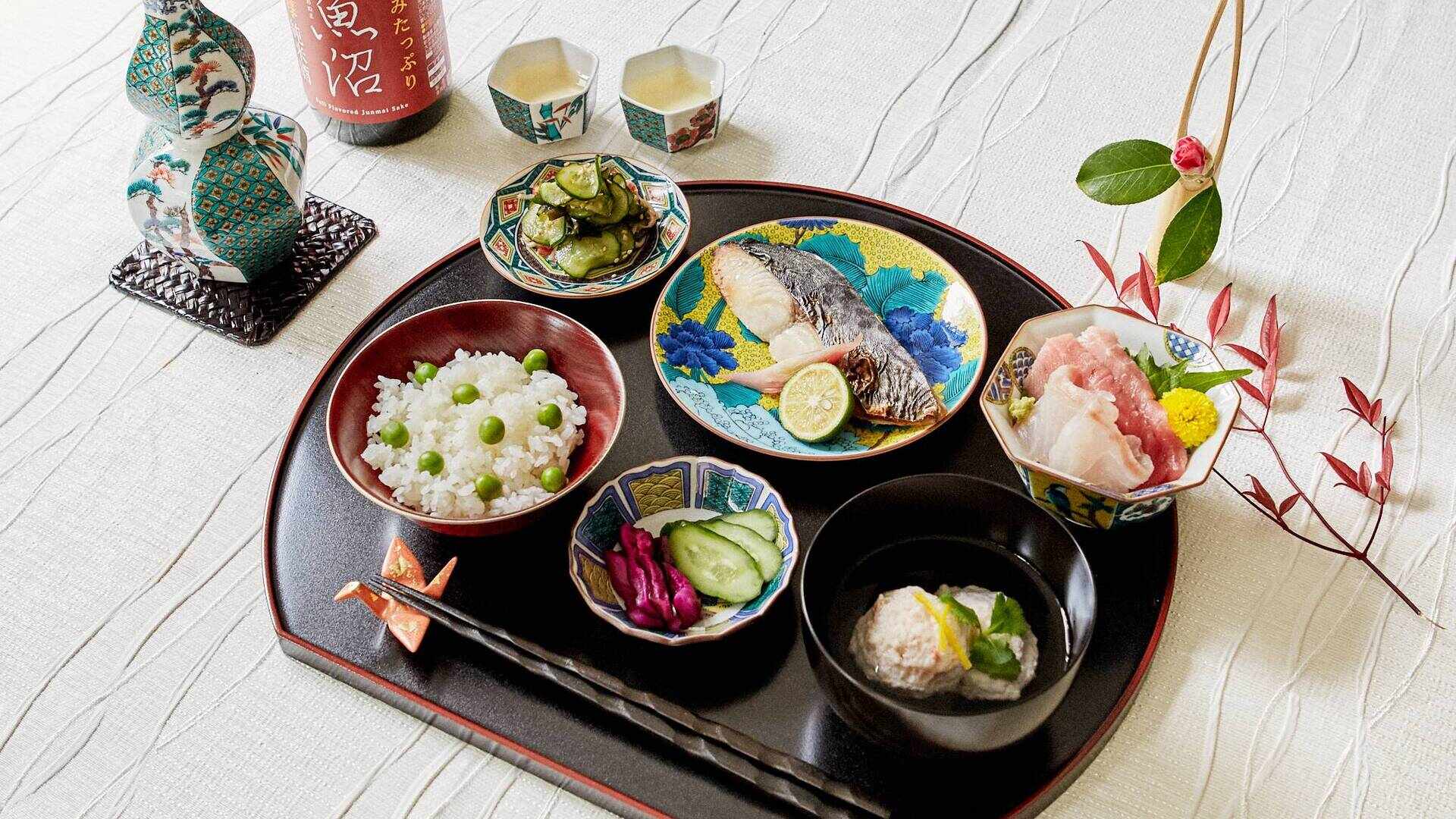

Tableware
How To Use Japanese Tableware
Modified: January 6, 2024
Discover the art of using Japanese tableware and elevate your dining experience. Learn how to incorporate traditional designs and aesthetics into your meals. Boost your tableware collection now!
(Many of the links in this article redirect to a specific reviewed product. Your purchase of these products through affiliate links helps to generate commission for Storables.com, at no extra cost. Learn more)
Introduction
Japanese culture is renowned for its attention to detail and appreciation for beauty in everyday objects. This is especially evident in their exquisite tableware, which not only serves a practical purpose but also reflects the artistic sensibilities and craftsmanship of the Japanese people. From elegant tea cups to intricately designed sushi plates, Japanese tableware is a feast for the eyes as well as the palate.
In this article, we will explore the various types of Japanese tableware, discuss the importance of using proper tableware, and provide tips on how to set a Japanese table. We will also delve into the etiquette associated with using Japanese tableware and offer guidance on cleaning and maintaining these precious items.
Whether you’re a seasoned fan of Japanese cuisine, a collector of tableware, or simply someone who appreciates the art of dining, understanding and using Japanese tableware can elevate your dining experience to a whole new level. So, let’s dive in and discover the fascinating world of Japanese tableware.
Key Takeaways:
- Elevate your dining experience with Japanese tableware, honoring tradition, enhancing presentation, and embracing harmony and balance in every meal.
- Care for your Japanese tableware to preserve its beauty and functionality, and explore reputable sources for authentic and high-quality products.
Read more: How To Use A Japanese Toilet
Types of Japanese Tableware
Japanese tableware encompasses a wide variety of items, each with its own unique purpose and design. Here are some of the most commonly used types of Japanese tableware:
- Chawan (Tea Bowl): The chawan is a wide, bowl-shaped cup used for drinking matcha (powdered green tea). It is typically made from ceramic or porcelain and features a simple, rustic design.
- Sake Set: Sake, a traditional Japanese rice wine, is often served in a sake set. A typical set includes a tokkuri (sake bottle) and small cups called ochoko. Sake sets come in various styles, from traditional ceramic to modern glass designs.
- Sushi Plate: Sushi plates are specifically designed for serving sushi. They are typically rectangular or oval-shaped and made from ceramic or lacquered wood. Some sushi plates also feature divisions for different types of sushi.
- Wagyu Plate: Wagyu plates are used for serving grilled or thinly sliced wagyu beef. These plates are often made from ceramic or cast iron and feature a shallow, rectangular shape.
- Donburi Bowl: Donburi bowls are large bowls used for serving rice-based dishes with various toppings, such as gyudon (beef bowl) or katsudon (pork cutlet bowl). They are deep and wide, making them perfect for holding generous portions of food.
- Chopsticks: Chopsticks, or hashi, are an essential part of Japanese tableware. They are typically made from wood, bamboo, or plastic and come in different lengths and designs. Chopsticks are used for picking up food and are considered an art form in themselves.
These are just a few examples of the diverse range of Japanese tableware available. Each item is carefully crafted using traditional techniques and materials to enhance the dining experience and showcase the beauty of Japanese culture.
The Importance of Using Proper Japanese Tableware
Using proper Japanese tableware goes beyond mere aesthetics. It plays a significant role in enhancing the dining experience and respecting the traditions and culture of Japan. Here are a few reasons why using proper Japanese tableware is important:
- Preserving Tradition: Japanese tableware carries a rich cultural heritage, with each piece embodying centuries-old traditions and craftsmanship. By using proper Japanese tableware, you honor and preserve these traditions, keeping them alive for future generations.
- Enhanced Presentation: Japanese cuisine is renowned for its meticulous presentation. The use of appropriate tableware enhances the visual appeal of dishes, elevating the overall dining experience. The intricate designs and unique shapes of Japanese tableware contribute to the beauty of the food being served.
- Optimal Functionality: Japanese tableware is designed with practicality in mind. Each item is tailored to serve a specific purpose, ensuring that the food is presented and enjoyed at its best. For example, sushi plates are designed with raised edges to prevent soy sauce from spilling, while tea bowls have a wide shape to allow for the aroma and flavors of matcha to develop.
- Harmony and Balance: Japanese culture places great importance on harmony and balance in all aspects of life, including dining. Proper Japanese tableware is carefully chosen to create a harmonious and balanced dining experience. From the size and shape of the bowls to the materials used, every element is thoughtfully considered to create a sense of unity and tranquility.
- An Expression of Respect: Using proper Japanese tableware is a sign of respect towards the food, the dining companions, and the culture itself. It shows that you value the experience and are willing to embrace the traditions and customs associated with Japanese dining.
By using proper Japanese tableware, you not only enhance the visual and sensory aspects of the dining experience, but you also pay homage to the rich cultural heritage of Japan. It’s a way to connect with the traditions, customs, and values that have shaped Japanese cuisine and its tableware throughout history.
How to Set a Japanese Table
Setting a Japanese table involves careful consideration of placement and arrangement to create a visually pleasing and harmonious dining experience. Here are some key steps to follow when setting a Japanese table:
- Low Table: Traditionally, Japanese dining is done on a low table called a chabudai or a kotatsu. Place the low table in the center of the dining area, ensuring there is enough space for guests to sit comfortably on cushions or low chairs.
- Tableware Placement: Begin by placing a charger plate or placemat at each seating position. Next, arrange the main tableware items such as the rice bowl, soup bowl, and chopsticks. The rice bowl should be placed to the left of the diner, while the soup bowl should be placed to the right.
- Tea Setting: If serving tea, place a teacup on a saucer or a chawan (tea bowl) at each seating position. If using a teapot, place it in the center of the table along with a small tea strainer and a small container for tea leaves.
- Condiments and Seasonings: If serving condiments or seasonings, such as soy sauce or pickled vegetables, place small dishes or saucers nearby. Ensure that each guest has easy access to these items.
- Decorative Elements: Add some decorative elements, such as a small flower arrangement or a traditional Japanese folding fan, to enhance the visual appeal of the table. Keep in mind that simplicity and minimalism are key principles in Japanese table setting.
- Seating: Arrange the seating positions around the table, making sure there is ample space between each guest for comfortable dining and conversation.
Remember, the goal is to create a sense of balance and harmony in the table setting. Pay attention to the placement of each item and strive for a visually pleasing arrangement that reflects the principles of Japanese aesthetics.
By following these steps, you can create an inviting and authentic Japanese dining experience for yourself and your guests.
When using Japanese tableware, remember to hold chopsticks towards their end, never stick them upright in food, and use the correct side of the chopsticks for picking up food.
Etiquette for Using Japanese Tableware
Japanese tableware comes with its own set of etiquettes to ensure a respectful and enjoyable dining experience. Understanding and practicing these etiquettes will enhance your appreciation for Japanese culture and help you navigate the dining experience with confidence. Here are some key etiquettes to keep in mind:
- Chopstick Etiquette: When using chopsticks, avoid crossing or sticking them directly into the rice bowl, as this is reminiscent of funeral rituals. Instead, place them on the chopstick rest or lay them across the top of the bowl. Also, avoid pointing with your chopsticks or using them to pass food directly to someone else’s chopsticks.
- Soup Bowl Etiquette: When drinking soup from a soup bowl, bring the bowl close to your mouth and sip the soup; do not spoon it out or slurp loudly. It is customary to hold the bowl with one hand and use the chopsticks with the other.
- Tea Ceremony Etiquette: If participating in a traditional Japanese tea ceremony, follow the lead of the tea master and observe the prescribed rituals and gestures. Be mindful of your movements and maintain a respectful demeanor throughout the ceremony.
- Respectful Gestures: When receiving or passing dishes, use both hands or just your right hand as a sign of respect. Avoid touching the inside of bowls or plates with your fingers and handle the tableware with care to avoid damaging or dropping them.
- Eating with Care: Eat each dish with appreciation and in a mindful manner. Avoid overloading your plate or wasting food. Take small bites and chew quietly, savoring the flavors. Show respect for the ingredients and the efforts that have gone into preparing the meal.
- Cleaning Ritual: When you have finished your meal, gather the dishes and return them to their original positions neatly. If dining at someone’s home, it is customary to offer assistance with cleaning up.
By following these etiquettes, you demonstrate your respect for the food, the hosts, and the cultural customs associated with Japanese tableware. Embracing these etiquettes will enrich your dining experience and show your appreciation for the traditions and values that govern Japanese dining.
Read more: What Constitutes Tableware?
Cleaning and Maintenance of Japanese Tableware
Proper cleaning and maintenance of Japanese tableware are essential to preserve their beauty, functionality, and longevity. Here are some tips to help you keep your Japanese tableware in optimal condition:
- Handwashing: Most Japanese tableware should be washed by hand using mild dish soap and warm water. Avoid using abrasive sponges or harsh cleaning agents that could damage the delicate surfaces or remove any decorative patterns or coatings.
- Drying: After washing, gently dry the tableware with a soft cloth or allow it to air dry. Avoid using harsh towels or leaving the items to air dry in direct sunlight, as this can cause fading or cracking.
- Lacquered Tableware: If you have lacquered tableware, such as lacquer bowls or utensils, avoid immersion in water. Instead, wipe them with a soft, damp cloth and immediately dry them thoroughly to prevent moisture from seeping into the lacquer.
- Bamboo Tableware: For bamboo tableware, such as sushi mats or chopsticks, gently clean them with a soft brush or cloth and mild soap. Rinse well and air dry completely before storing to prevent the growth of mold or mildew.
- Porcelain and Ceramic: Porcelain and ceramic tableware can be susceptible to chipping or cracking if mishandled. Handle them with care and avoid using excessive force when washing or storing them. If any pieces do chip or crack, it is best to discontinue their use to avoid any potential health risks.
- Storing: When storing Japanese tableware, ensure that it is completely dry to prevent the growth of mold or mildew. If possible, store them in a cool, dry place away from direct sunlight. Use protective sleeves or soft cloth to separate delicate pieces to prevent scratches or damage.
By following these cleaning and maintenance practices, you can extend the life of your Japanese tableware and preserve their beauty and functionality for years to come. Remember, each piece of Japanese tableware is a reflection of the artistry and traditions of Japan, and caring for them properly ensures that they continue to bring joy and aesthetic pleasure to your dining experience.
Recommended Websites and Stores for Purchasing Japanese Tableware
If you’re looking to purchase authentic Japanese tableware, there are several reputable websites and stores that offer a wide selection of high-quality products. Here are some recommended sources where you can find a range of Japanese tableware:
- Japan Centre: As one of the largest Japanese food halls in the United Kingdom, Japan Centre offers an extensive selection of tableware, including sushi plates, tea sets, and decorative items. Their website provides a convenient online shopping experience for customers worldwide.
- Wazakura Kogei: Wazakura Kogei is an online store specializing in traditional Japanese craftsmanship. They offer a curated collection of unique and handmade tableware, such as ceramic tea bowls, lacquerware, and bamboo utensils.
- Emi & Eve: Emi & Eve is a boutique store that focuses on contemporary Japanese tableware. They collaborate with artisans to bring modern and stylish designs to the market, including ceramic dinner plates, sake sets, and glassware.
- Denby Pottery: Denby Pottery, based in the United Kingdom, produces a range of tableware inspired by Japanese aesthetics. Their collections feature elegant and durable porcelain and stoneware items, including bowls, plates, and mugs.
- Ippodo Tea Co.: If you’re in search of traditional Japanese tea utensils, Ippodo Tea Co. is an excellent choice. They offer a variety of tea sets, tea bowls, and accessories that enhance the tea-drinking experience.
- Amazon: Amazon is a convenient and reliable platform for purchasing Japanese tableware. Many sellers on Amazon offer a wide range of products, from everyday tableware to specialty items. Just be sure to read customer reviews and check the authenticity of the products.
When purchasing Japanese tableware, it’s essential to research the seller’s reputation, read product descriptions, and consider customer reviews to ensure you are buying authentic and high-quality items. Pay attention to the materials used, the craftsmanship, and whether the products align with your personal preferences and style.
Additionally, if you have the opportunity to visit Japan, exploring local markets, department stores, and specialty shops can provide an immersive experience where you can discover unique and authentic Japanese tableware.
Remember, each piece of Japanese tableware is a testament to the rich cultural heritage and craftsmanship of Japan. Investing in quality tableware will not only enhance your dining experience but also allow you to bring a piece of Japanese culture into your home.
Conclusion
Japanese tableware is more than just functional utensils and plates; it is a reflection of art, culture, and tradition. By understanding the different types of Japanese tableware, appreciating the importance of using proper tableware, and following the etiquettes associated with it, you can elevate your dining experience and immerse yourself in the beauty and craftsmanship of Japanese culture.
Setting a Japanese table requires attention to detail and a focus on creating a harmonious and balanced arrangement. Each piece of tableware has its place, and by following the proper placement and arrangement, you can create a visually pleasing and culturally respectful dining experience.
Proper care and maintenance of Japanese tableware are essential to preserving their beauty and functionality. By handwashing them, drying them carefully, and storing them properly, you can extend the lifespan of your tableware and continue to enjoy them for years to come.
When it comes to purchasing Japanese tableware, there are various recommended websites and stores that offer authentic and high-quality products. Whether you explore specialized boutiques or online platforms, it’s important to research the sellers and ensure the authenticity and quality of the tableware you are purchasing.
In conclusion, incorporating Japanese tableware into your dining experience allows you to embrace the artistry, traditions, and values that are deeply ingrained in Japanese culture. It brings a sense of beauty, harmony, and respect to your meals, allowing you to fully appreciate the culinary delights and the cultural significance behind each dish.
So, whether you’re enjoying a bowl of steaming ramen or sipping matcha from a carefully crafted chawan, using Japanese tableware adds an extra layer of authenticity and elegance to your dining moments.
Frequently Asked Questions about How To Use Japanese Tableware
Was this page helpful?
At Storables.com, we guarantee accurate and reliable information. Our content, validated by Expert Board Contributors, is crafted following stringent Editorial Policies. We're committed to providing you with well-researched, expert-backed insights for all your informational needs.
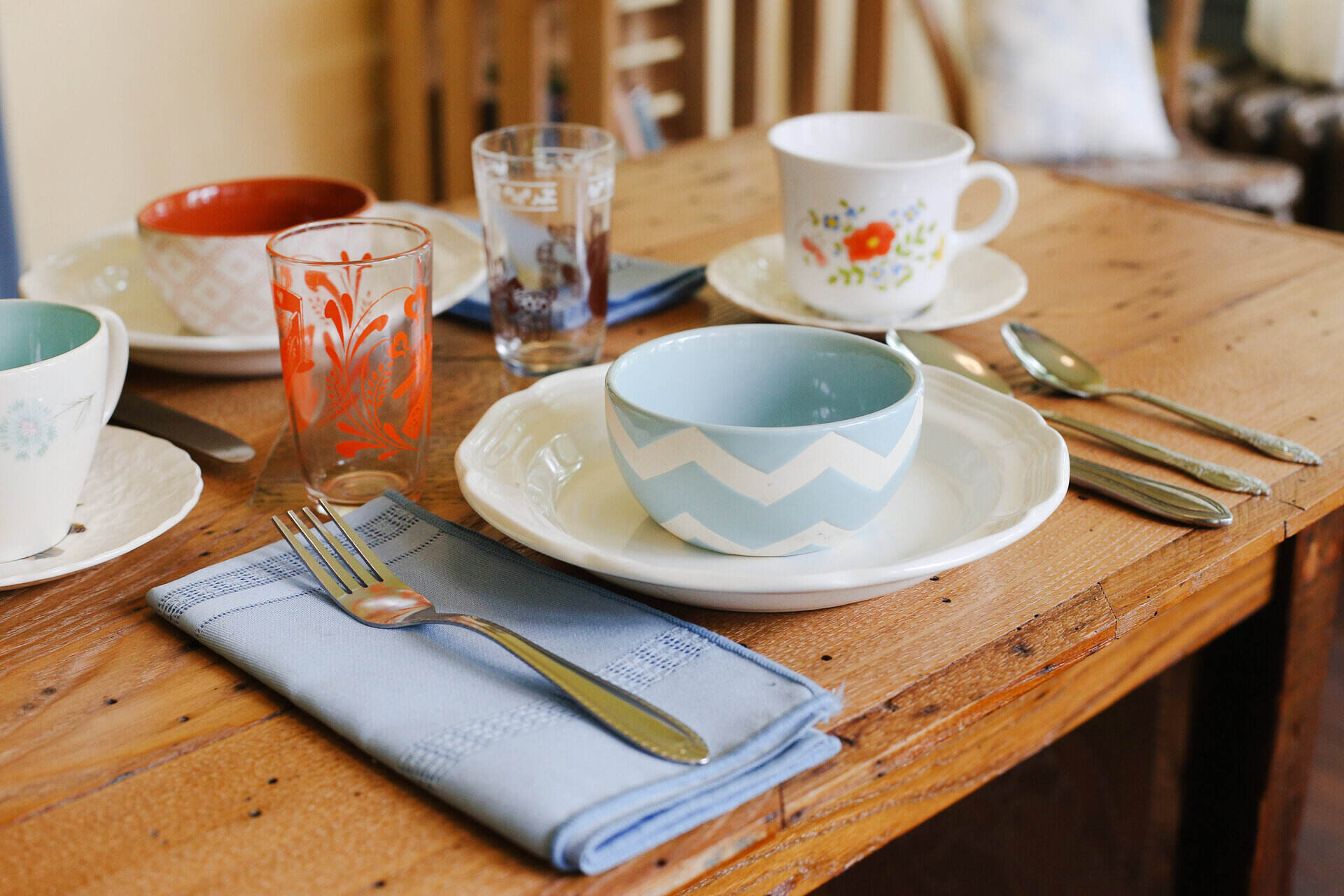


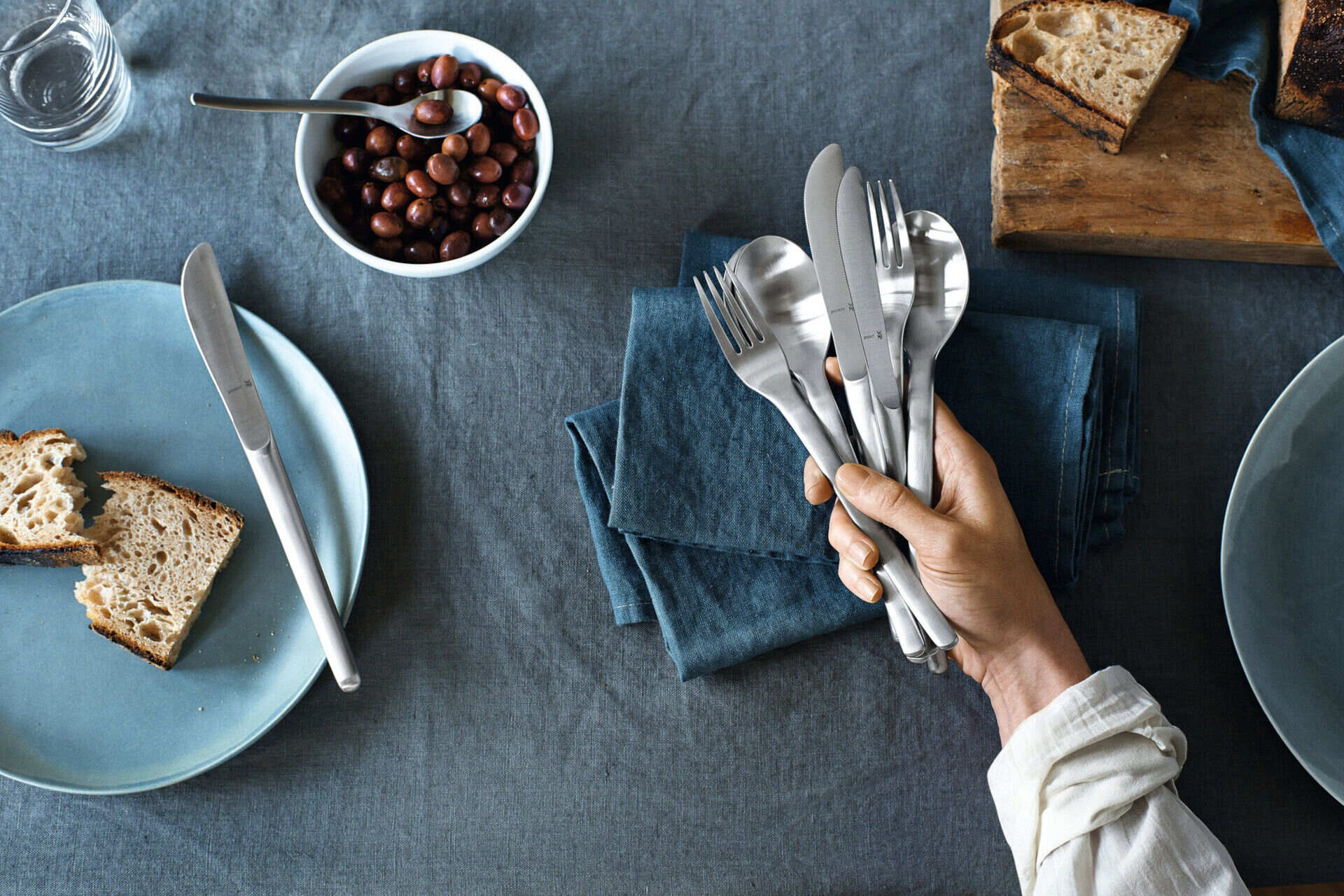
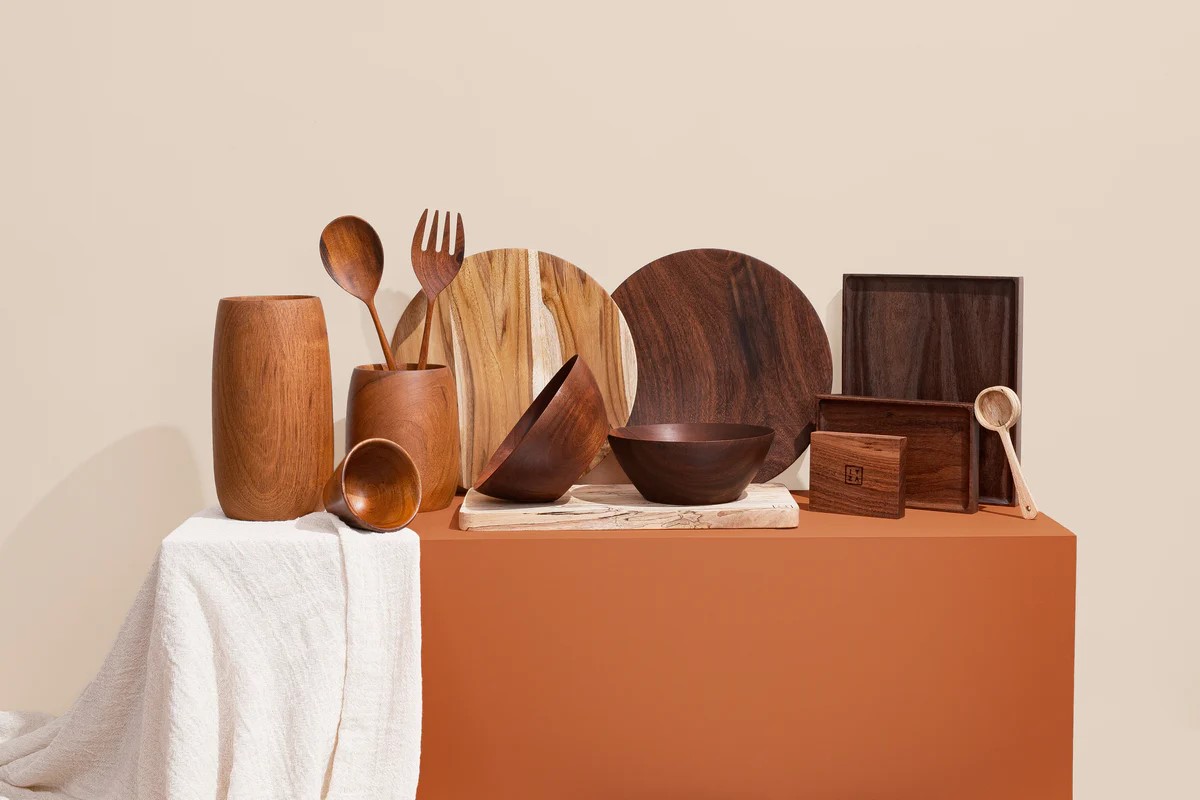
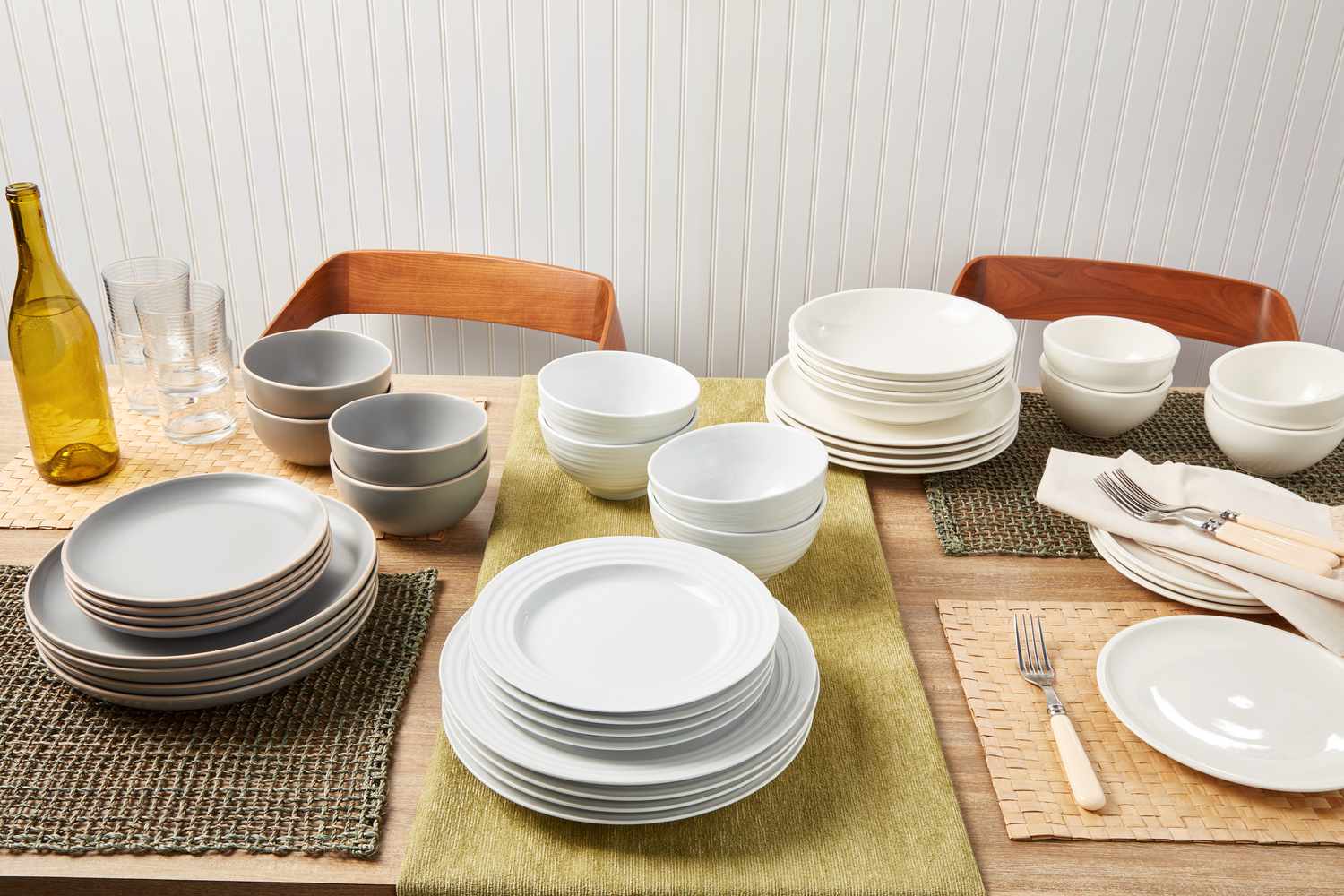

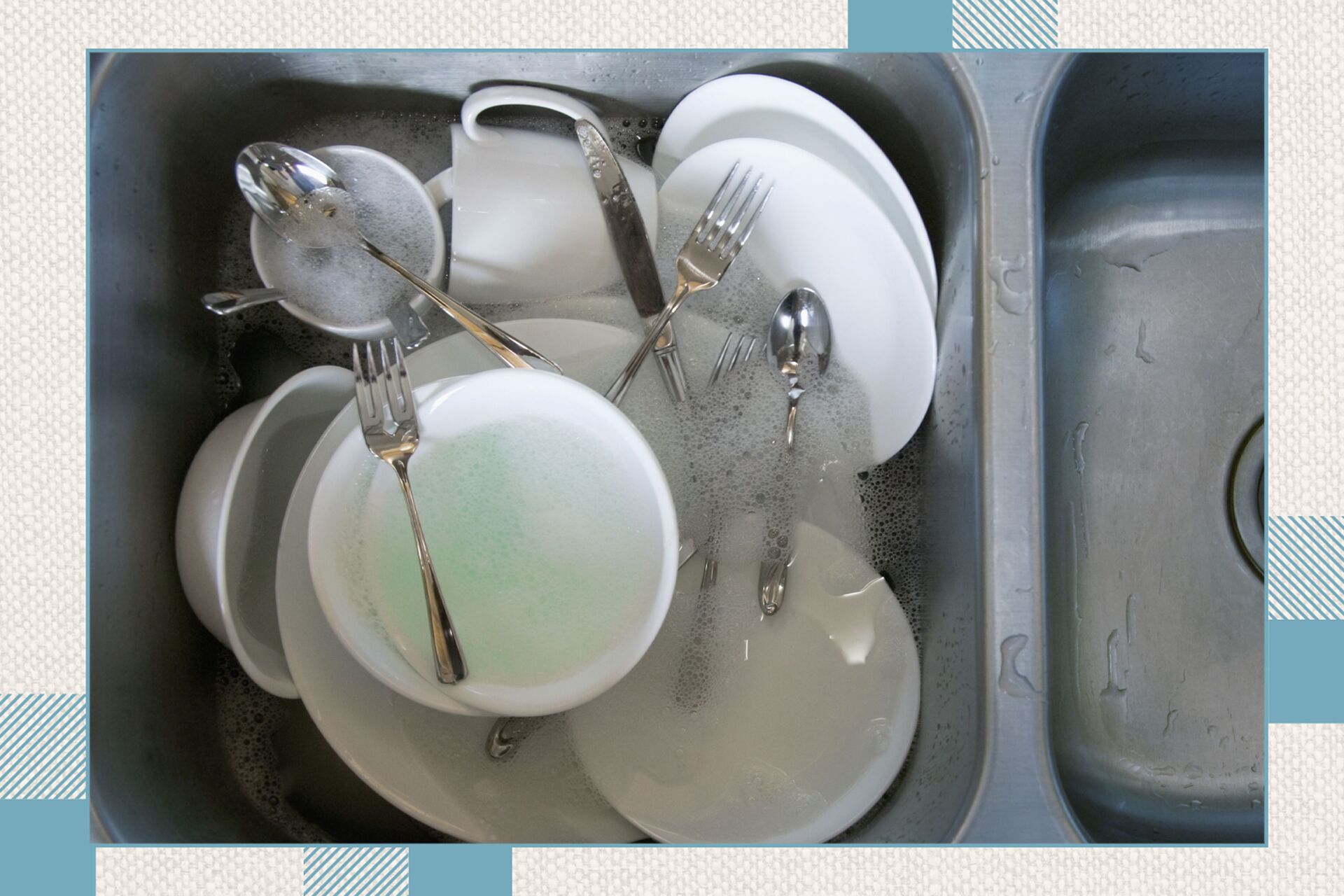
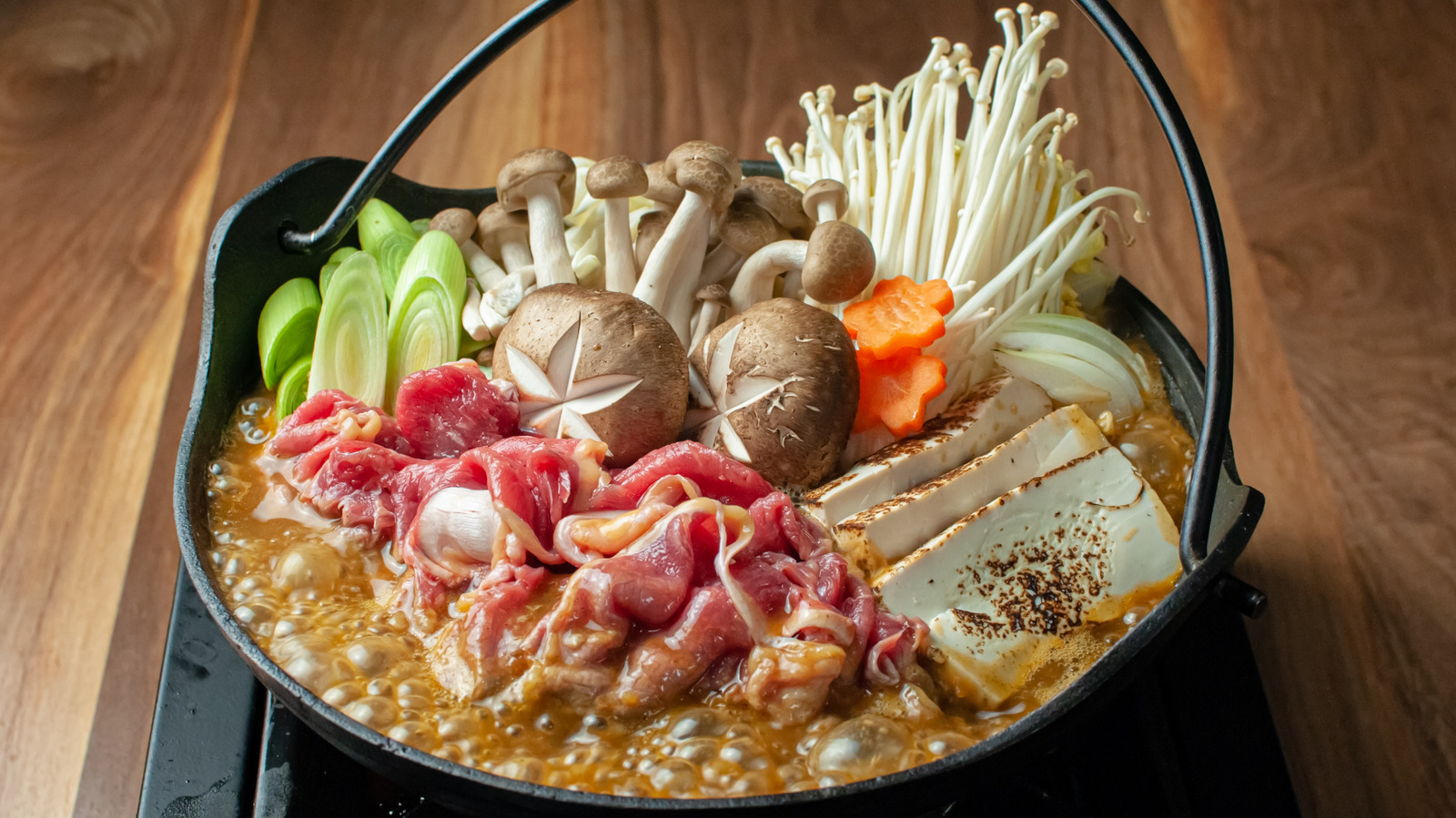
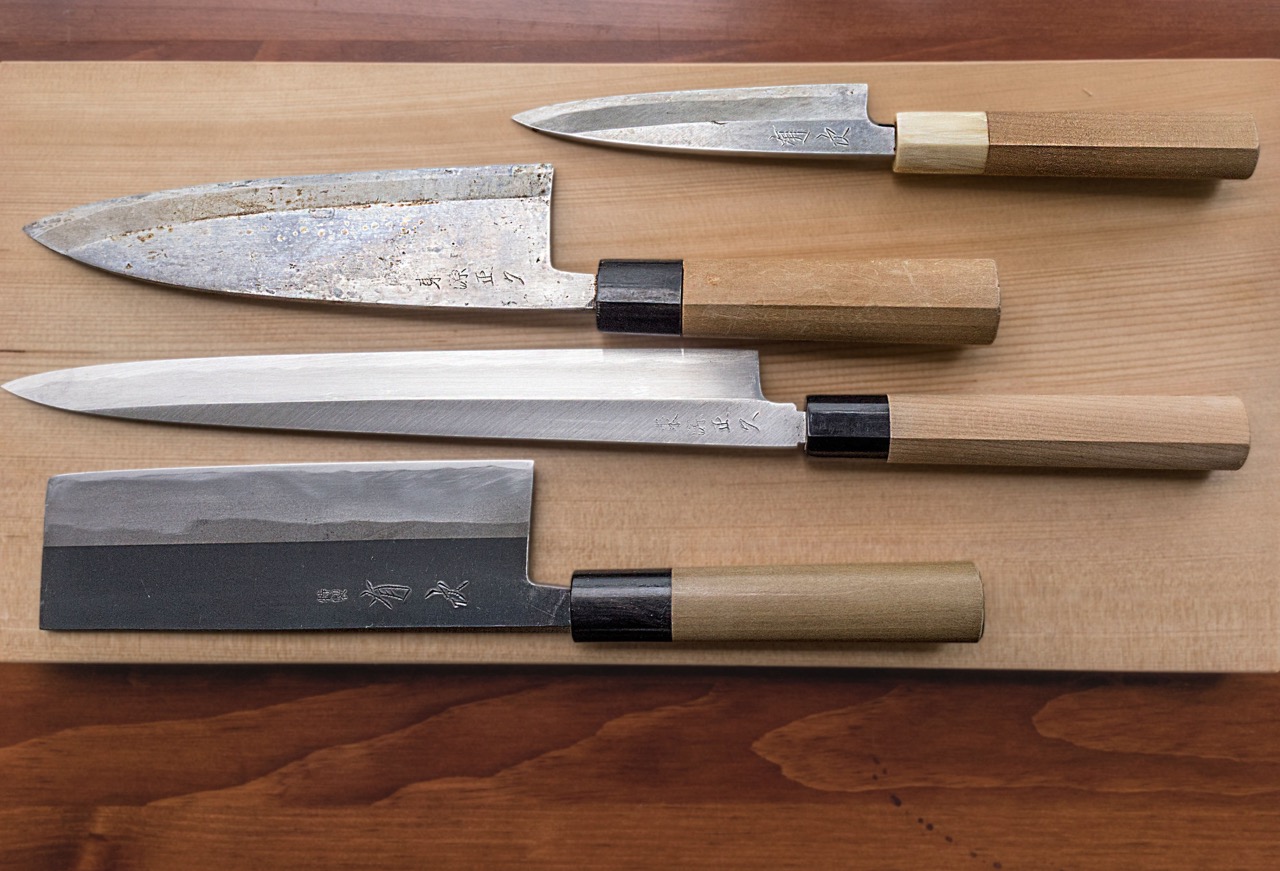
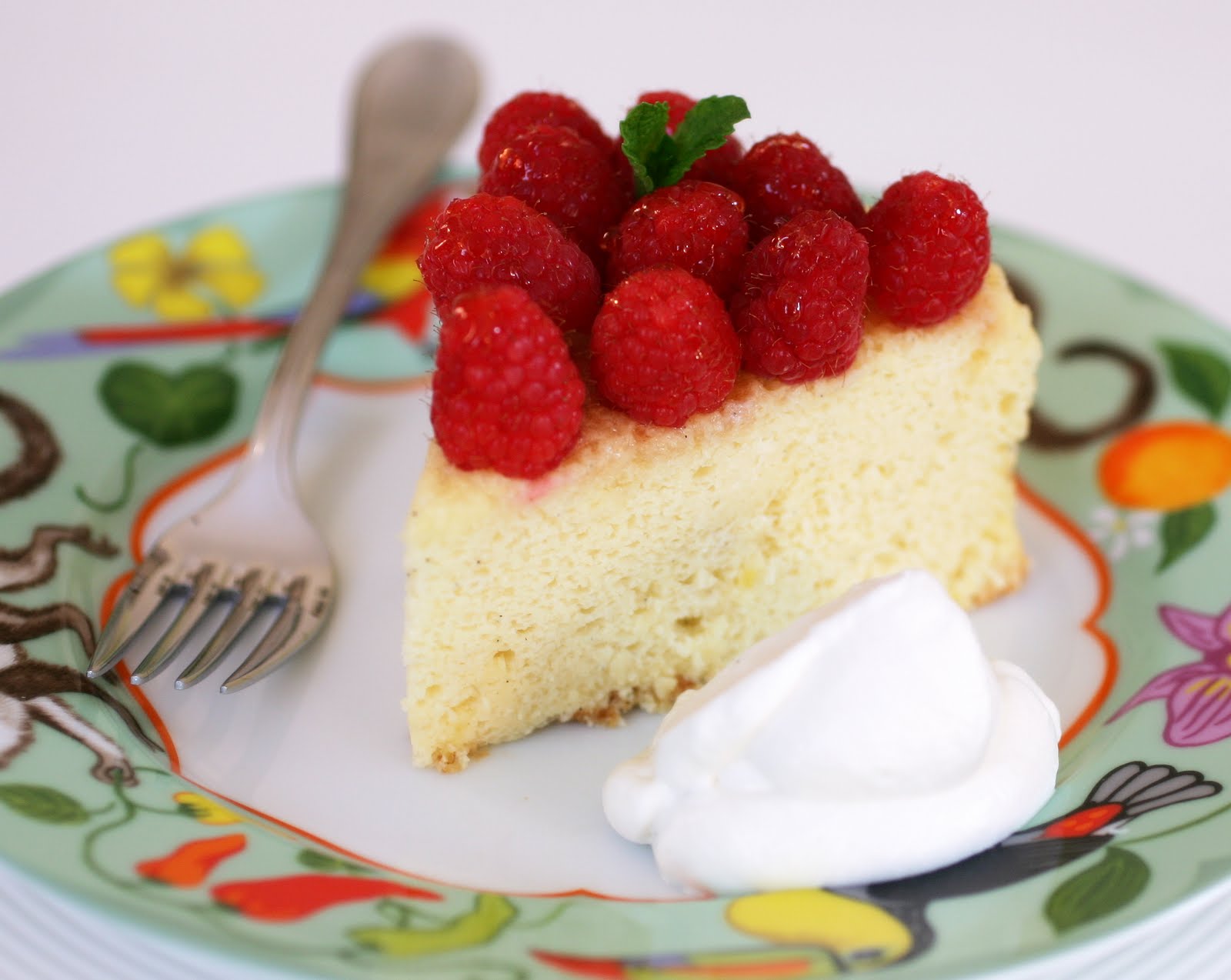
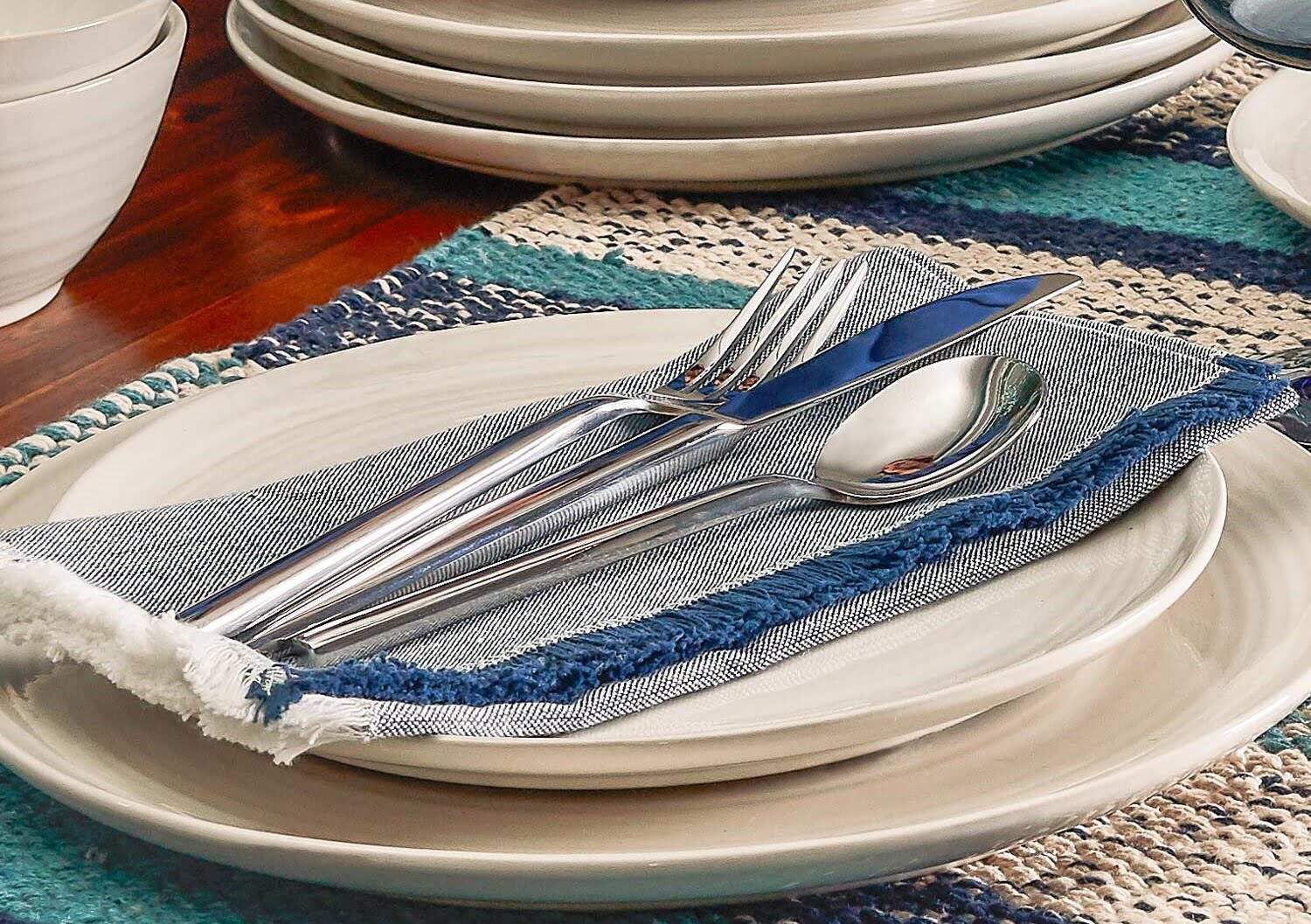
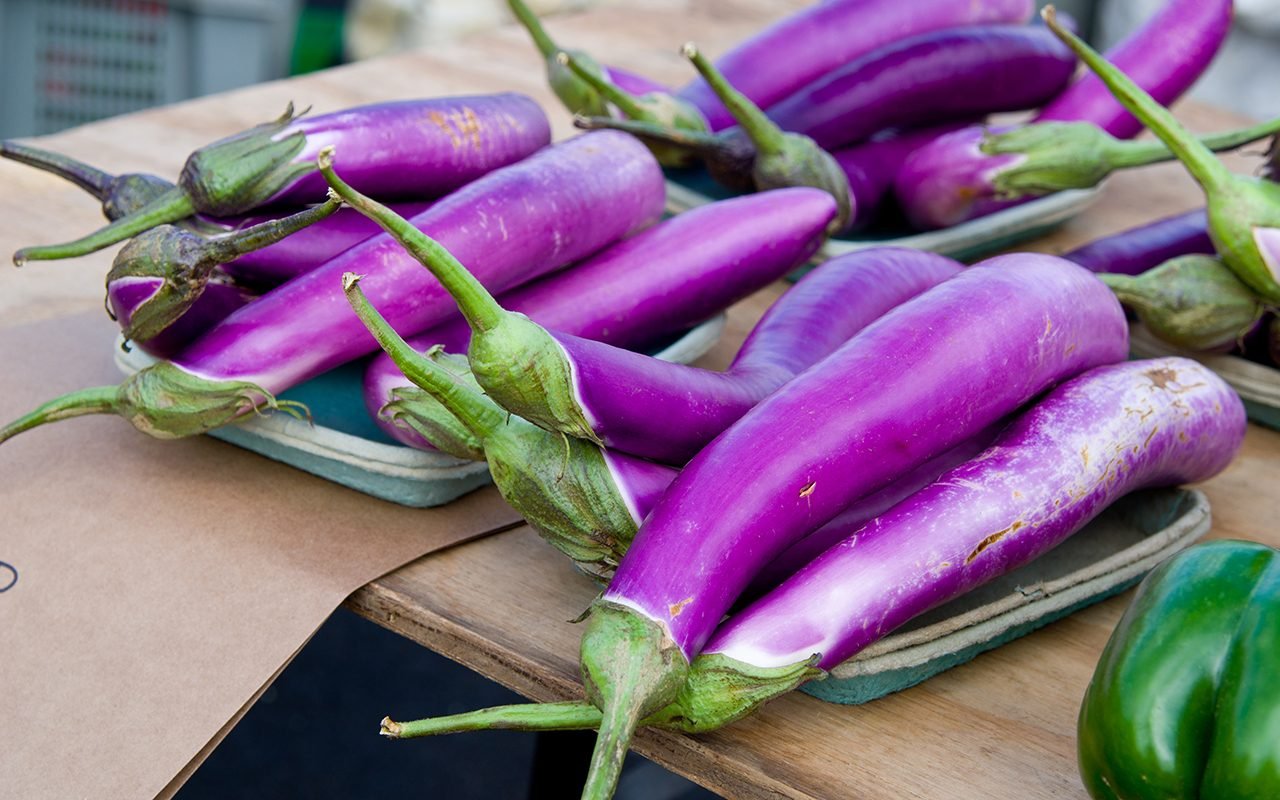
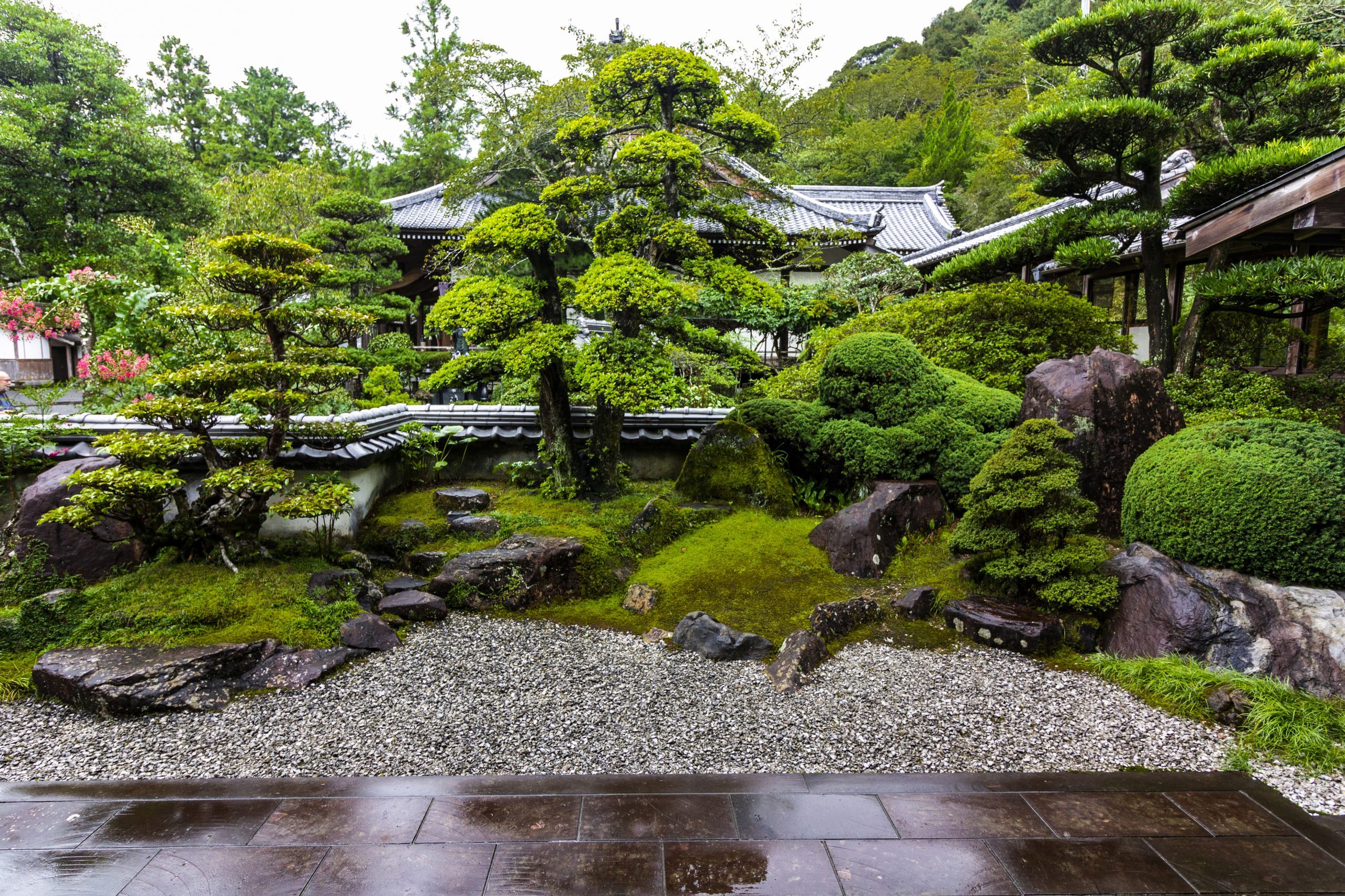

0 thoughts on “How To Use Japanese Tableware”